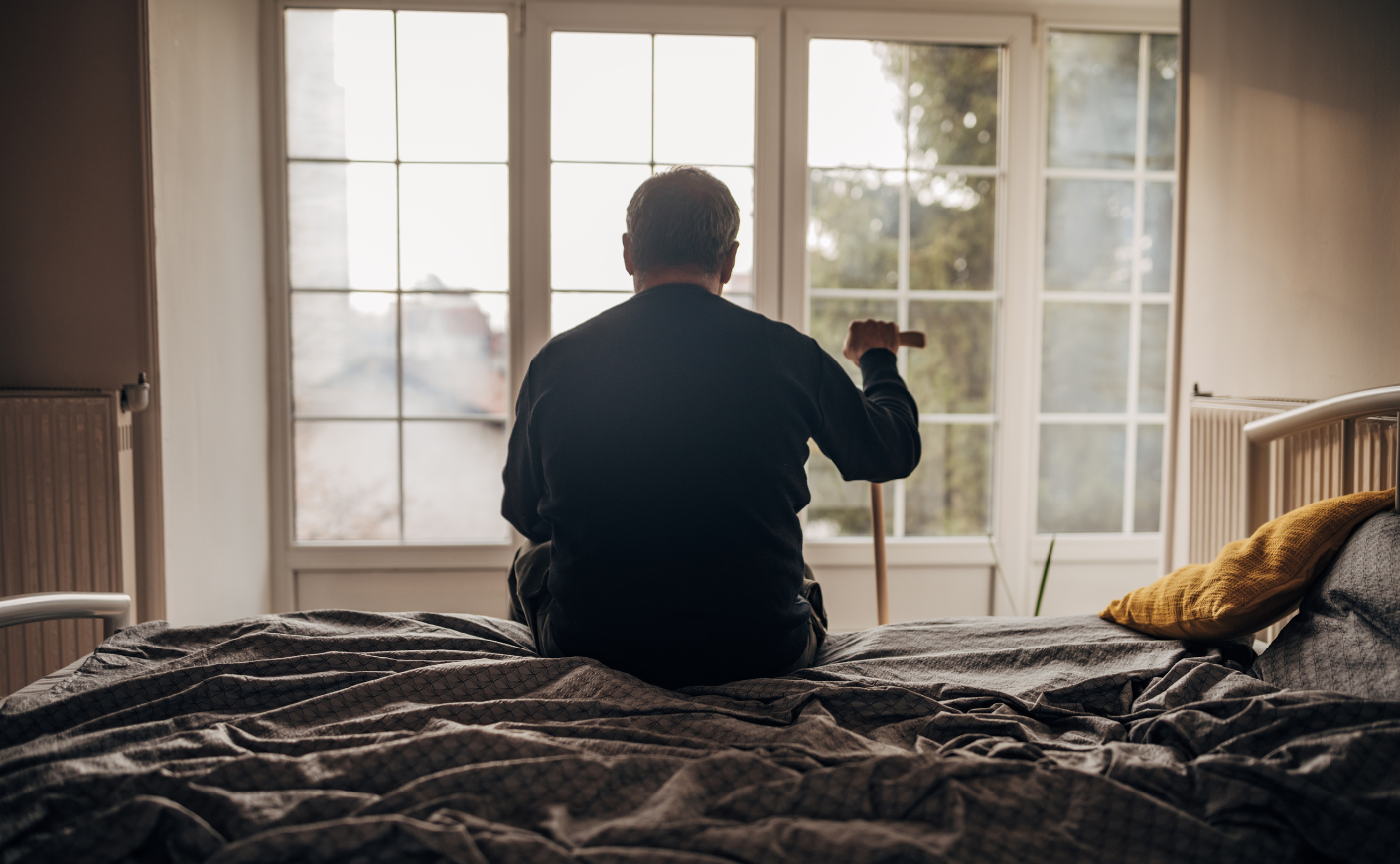As our loved ones age, ensuring their safety becomes a top priority. One of the most significant concerns for family caregivers is the risk of falls, which can lead to serious injuries and a decline in overall health. Fall detection with activity tracking technology offers a promising solution to this challenge, providing peace of mind and enhancing the quality of life for older adults.
In this article, we will explore how fall detection with activity tracking works, its benefits, and how it can be integrated into daily caregiving routines. We will also discuss the importance of choosing the right system for your loved one’s needs.
Understanding Fall Detection Technology
Fall detection systems are designed to automatically detect when a fall occurs, sending an alert to caregivers or emergency services. These systems use a combination of sensors, algorithms, and, in some cases, artificial intelligence to accurately identify falls and distinguish them from normal activities.
How Activity Tracking Enhances Fall Detection
Activity tracking adds an additional layer of information, monitoring an individual’s overall activity levels and patterns. By analyzing these patterns, the system can provide insights into an individual’s mobility and detect changes that may indicate an increased risk of falls.
Key Features of Fall Detection with Activity Tracking Systems
- Real-time Monitoring: Provides continuous monitoring of an individual’s movements and activities.
- Automatic Alerts: Sends alerts to caregivers or emergency services when a fall is detected.
- Data Analysis: Offers insights into activity patterns and potential risk factors.
- Customizable Settings: Allows caregivers to tailor the system to the specific needs and preferences of their loved ones.
Benefits of Fall Detection with Activity Tracking
The integration of fall detection and activity tracking offers numerous benefits for both caregivers and older adults:
Improved Safety and Peace of Mind
Knowing that their loved ones are being monitored can provide caregivers with peace of mind, reducing stress and allowing them to focus on other aspects of care.
Early Intervention
By detecting falls and changes in activity patterns early, caregivers can intervene before a serious incident occurs, potentially preventing injuries and hospitalizations.
Personalized Care
Activity tracking data allows caregivers to tailor care plans to the individual’s specific needs, promoting independence and enhancing overall well-being.
Choosing the Right Fall Detection System
When selecting a fall detection with activity tracking system, it’s essential to consider the following factors:
Ease of Use
Choose a system that is easy for both the caregiver and the older adult to use, with straightforward setup and operation.
Accuracy and Reliability
Look for systems with a proven track record of accurate fall detection and reliable performance.
Integration with Other Technologies
Consider systems that can be integrated with other smart home technologies, providing a comprehensive approach to elderly care.
Cost
Evaluate the cost of the system, including any subscription fees, to ensure it fits within your budget.
Integrating Fall Detection into Daily Caregiving
Once you have chosen a system, it’s important to integrate it into your daily caregiving routine effectively:
Regular Monitoring
Check the system regularly to ensure it is functioning correctly and review activity data to identify any potential issues.
Communication with Loved Ones
Discuss the system with your loved one, explaining how it works and addressing any concerns they may have.
Collaboration with Healthcare Providers
Share activity data with healthcare providers to inform care plans and decision-making.
Conclusion
Fall detection with activity tracking technology offers a valuable tool for family caregivers, enhancing safety and improving the quality of life for older adults. By understanding how these systems work and choosing the right one for your needs, you can provide better care and peace of mind for your loved ones.
FAQs
What is fall detection with activity tracking?
Fall detection with activity tracking is a technology that monitors an individual’s movements and detects falls, sending alerts to caregivers or emergency services when a fall occurs.
How does activity tracking enhance fall detection?
Activity tracking provides additional data on an individual’s activity levels and patterns, helping to identify changes that may indicate an increased risk of falls.
What should I consider when choosing a fall detection system?
Consider factors such as ease of use, accuracy, integration with other technologies, and cost when selecting a fall detection system.
This article contains affiliate links. We may earn a commission at no extra cost to you.






